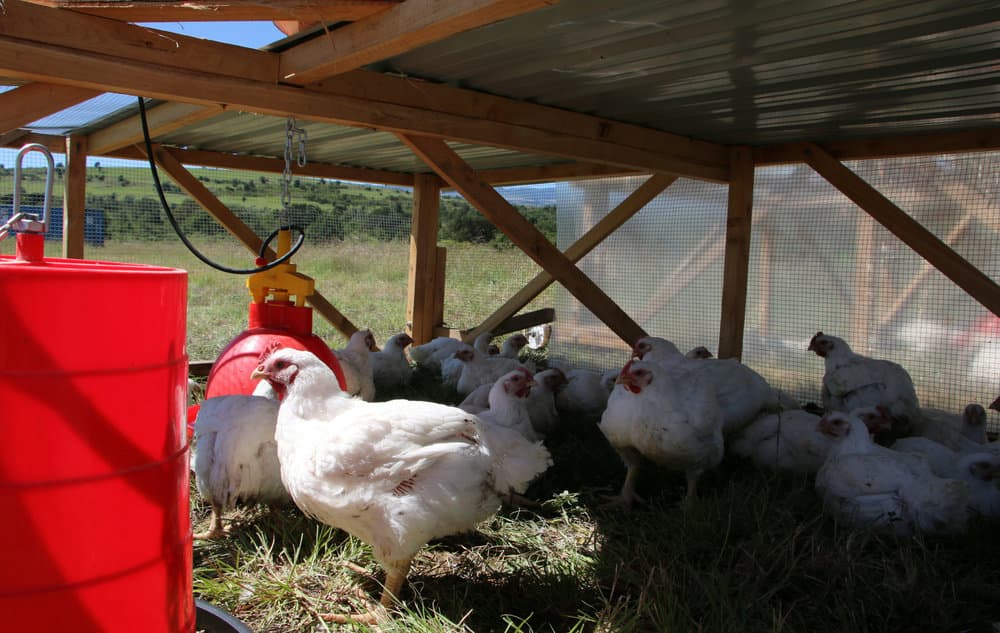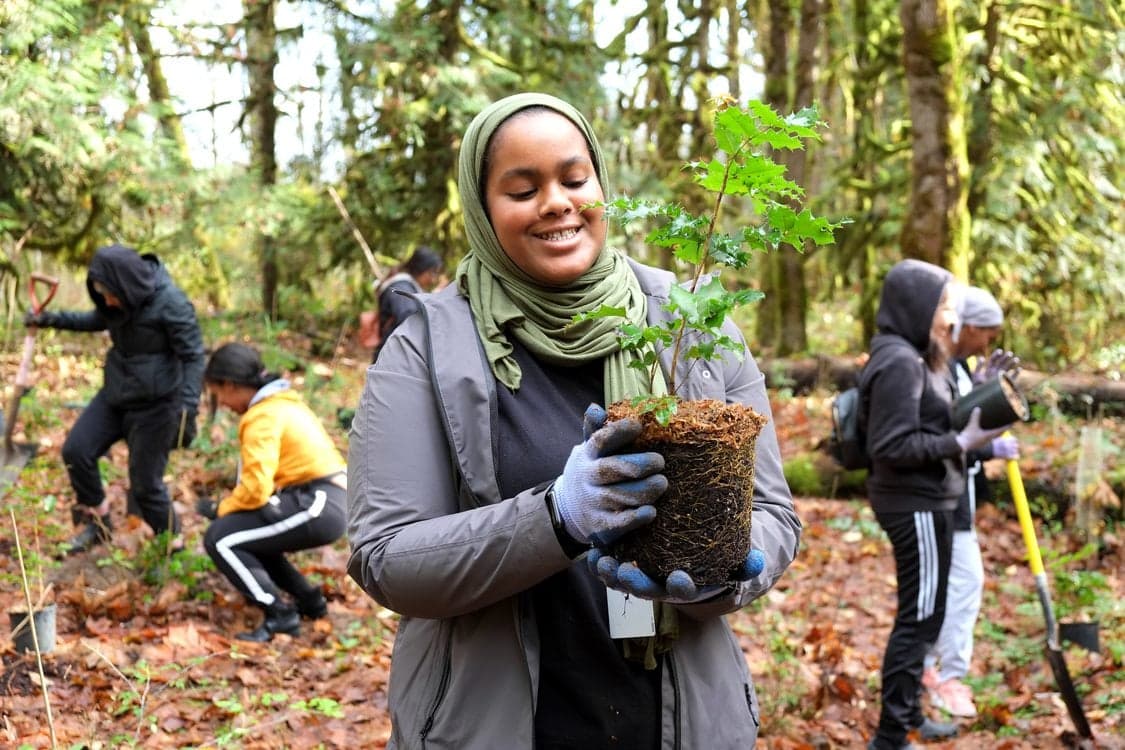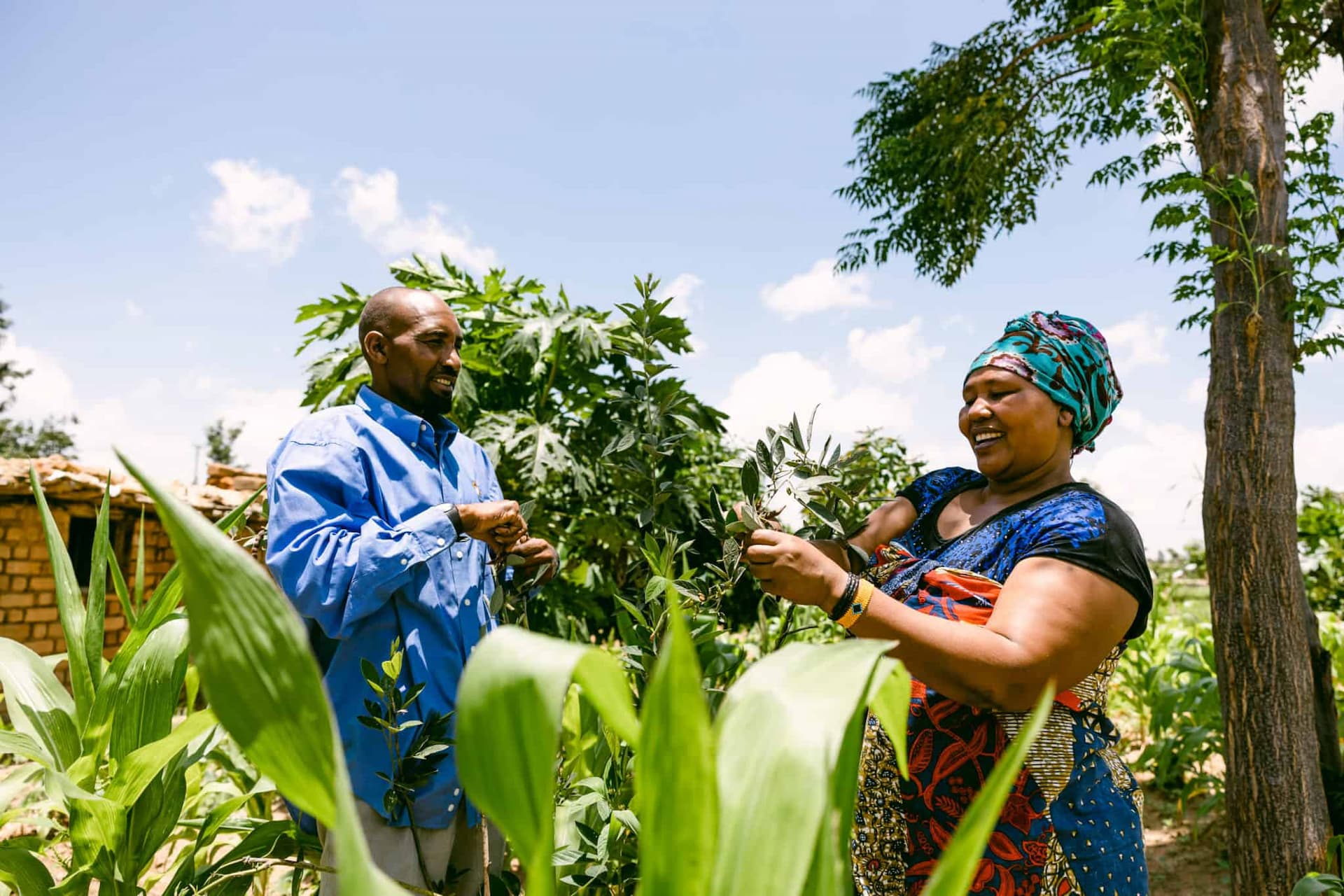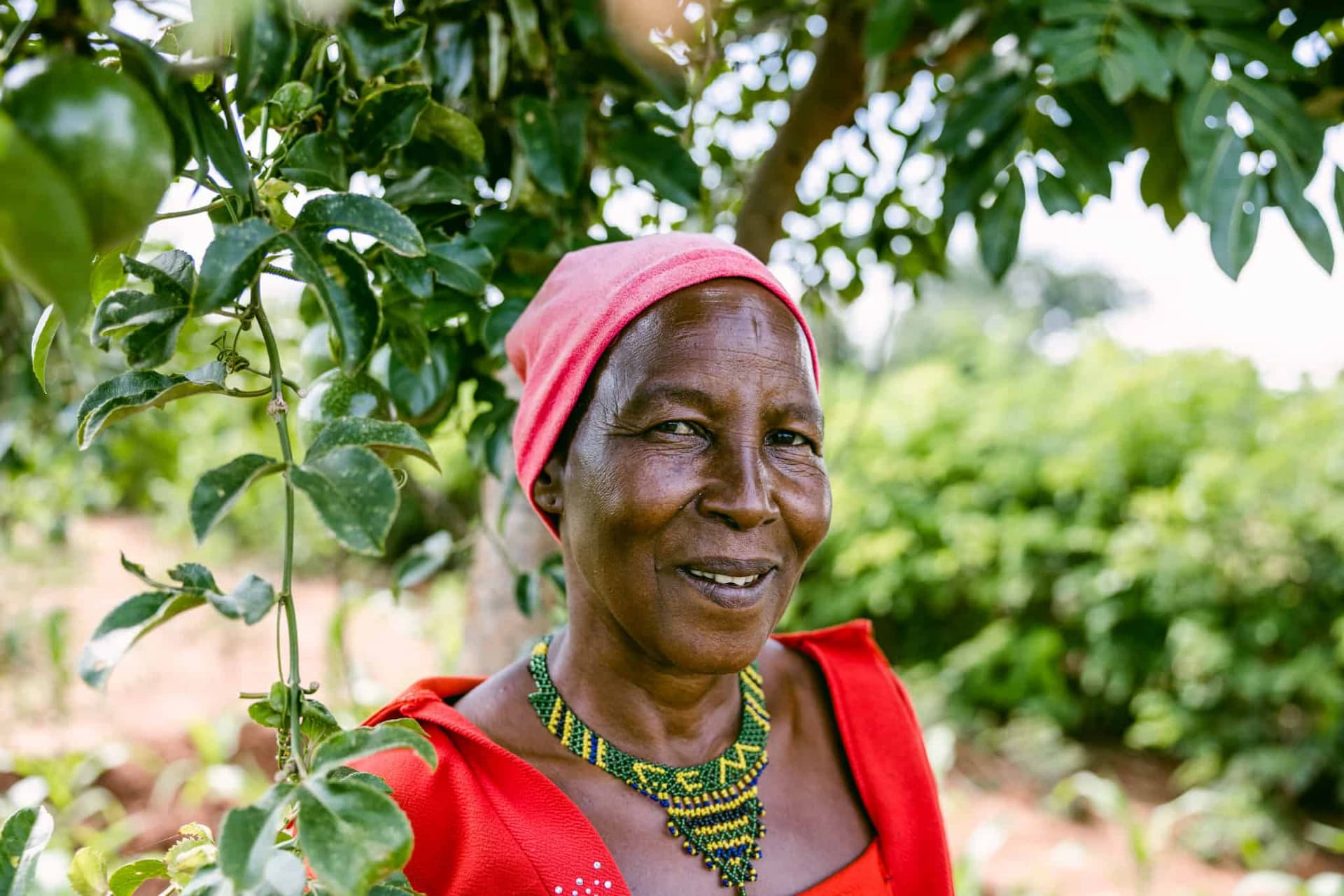The Green Spark:Igniting Climate Action
The Green Connection is a non-profit and non-political organization that empowers individuals to take action against climate change. We bridge the gap between awareness and action through educational programs, community initiatives, and advocacy efforts. By fostering environmental consciousness and inspiring sustainable practices, we work together to build a greener future for all.
Our Mission
The green connections mission is to promote environmental conservation through training,empowerment and awareness captaion on climate change effects
Our Pillars
As we focus on environmental awareness and conservation we also focus on other aspects to create awareness and generate funds for our course,such include:
Poultry Farming
In our poultry farm, we're dedicated to championing climate-friendly practices every step of the way. From utilizing renewable energy sources to implementing innovative waste management systems, we're committed to minimizing our carbon footprint while delivering top-quality poultry products..

Youth & Community Empowerment
We equip the youth with the knowledge and resources to become environmental stewards in their communities. Foster hands-on projects like community gardens or clean-up drives. These initiatives spark action, build practical skills, and instill a sense of agency.

Enviromental Conservancy
Climate action is a powerful tool for environmental conservation. By curbing greenhouse gas emissions, we slow rising temperatures, protecting habitats and species from disruption.In essence, tackling climate change strengthens the natural world's resilience, allowing ecosystems to thrive.

Our Climate Funding Options
We have an authentic mode of financing in climate action first we cultivate seeds for trees in nursery which we sell to aid in our financial sustainability, we also have member payments plans.

The story of the green connection started one afternoon in 2024, the midday Kenyan sun beat down on Phyllis' brow as she expertly plucked feathers from a scrawny chicken. Dust devils danced across the parched earth of her poultry farm, a stark contrast to the vibrant green that once flourished there. The recent drought had ravaged her hens' feed supply, pushing her farm to the brink. A bead of sweat traced its way down her cheek, mingling with the worry etched on her face.
Suddenly, a car sputtered to a halt, kicking up a plume of red dust. A tall, elegantly dressed woman emerged, her designer suit looking out of place amidst the dusty landscape. This was Beatrice, an insurance consultant, miles away from her air-conditioned office. She was here for a climate change initiative meeting organized by a local NGO. Beatrice, used to the fast-paced city life, was initially taken aback by the harsh realities of the drought. Phyllis, on the other hand, eyed Beatrice with a hint of suspicion. City folk, in her experience, were all talk and no action.
The NGO representative, a young woman named Wambui, introduced them, her voice brimming with nervous energy. As they settled under the meager shade of a lone acacia tree, Wambui explained the purpose of the meeting - to create a community project to address the drought's impact. Beatrice, ever the pragmatist, suggested rain catchment systems. Phyllis scoffed. "Those things are expensive city toys. We need solutions for now, not dreams for a maybe rain." The tension was palpable, but Wambui wouldn't let the conversation falter. She prodded them to share their experiences. Phyllis spoke of her dwindling flock, the helplessness of watching their health deteriorate.
Beatrice, touched by Phyllis' plight, confessed her growing unease about the increasing number of weather-related insurance claims. The drought, she realized, wasn't just a rural problem; it affected everyone. A hesitant camaraderie began to blossom. Beatrice, impressed by Phyllis' resourcefulness, proposed using Phyllis' land for a pilot project - a network of simple, low-cost trenches to collect rainwater. Phyllis, initially skeptical, was swayed by the practicality and the chance to save her birds. The following weeks were a whirlwind of activity. Beatrice, surprised by her own newfound determination, used her connections to secure funding for materials.
Phyllis, her initial reservations forgotten, rallied her fellow farmers, their collective energy a testament to their resilience. Days turned into weeks, and under the relentless sun, the community project took shape. Laughter mingled with the rhythmic clanging of shovels as women, young and old, dug trenches. Beatrice, unaccustomed to manual labor, found her arms aching and her once pristine suit muddied, but a wide smile stretched across her face. Phyllis, watching her work side-by-side with the farmers, felt a flicker of hope rekindle in her heart. Finally, the day arrived to test their creation.
The first tentative drops of rain fell, and a collective gasp of awe rippled through the crowd. As the rain intensified, the trenches filled, channeling precious life-giving water towards the parched earth. That evening, under a sky sprinkled with stars, the community gathered to celebrate. Phyllis, a chicken nestled in her arms, stood beside Beatrice, their faces lit by the warm glow of a kerosene lamp. The once-skeptical farmer and the city consultant were now united, not just by the project's success, but by a newfound respect for each other and the unwavering strength of their community. The drought may not have ended, but under the vast Kenyan sky, a seed of hope had been sown, a testament to the power of unlikely friendships and collective action in the face of climate change.
